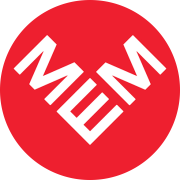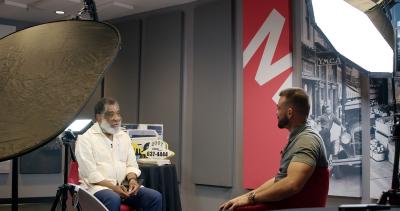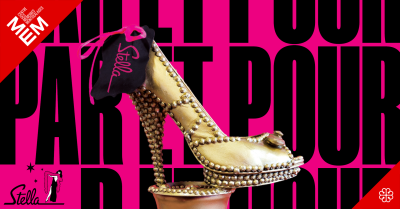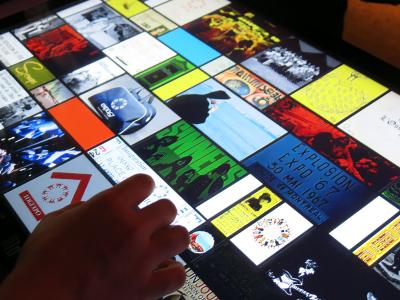The Kiosque — MEM - Centre des mémoires montréalaises
Submitting an Existing Project for Presentation in the MEM Kiosque
What is the Kiosque?
The Kiosque is a modular exhibition structure dedicated to presenting existing citizen and community projects. It is located in the MEM’s public spaces.
What are its objectives?
The Kiosque is an opportunity to:
- Highlight existing citizen or community projects by giving them new visibility.
- Showcase the history, memories, and experiences of Montréal groups, communities, and citizens in their own words.
- Spark dialogue about the diversity of stories and identities that make up Montréal, so that Montrealers can better understand, appreciate, and engage with one another.
- Reach out to people who are unfamiliar with or have not visited the MEM, making them feel welcome and building a relationship of trust with the museum.
- Inspire and nourish a strong and lasting sense of belonging to Montréal as a place to live and thrive.
How are projects selected?
Projects are selected by the MEM’s Community Engagement Programs Committee, which is composed of fourteen people: eight Montrealers from diverse backgrounds and six members of the MEM team.
The committee reviews all submitted projects and annually selects three or four projects that correspond to the Kiosque objectives listed above. The committee meets twice a year, in spring and fall.
Please note: Kiosque programming is already in place for Fall 2023 and all of 2024. The committee will meet in the spring of 2024 to select projects for 2025.
What are the criteria for submitting a project?
- To qualify, a project must be an existing project created by a community organization or a group of any kind, and it must align with the Kiosque’s objectives.
- The project must have been presented elsewhere, but on a smaller or more local scale or for only a brief period of time.
- The project must be anchored in the territory of Montréal.
- There are no restrictions on form: formats such as exhibitions, podcasts, online projects, videos, books, photographs, and oral histories are all welcome. The MEM will work with the project’s creators to adapt it for the Kiosqu.
What happens after a project has been accepted?
The MEM will contact the group or organization to notify it of the project’s selection and organize the project’s presentation in the Kiosque.
The MEM will provide the group or organization with support to adapt the project, offering training in the various aspects of exhibition production during a series of working meetings.
The MEM is not a funding agency. It does not provide organizations with financial support for project development. However, in the case of Kiosque projects, it does cover certain costs, such as graphic design, printing, revision, translation (if necessary), and the organization of a small opening event, to be determined on a project-by-project basis.
During the first working meeting, an agreement is established between the MEM and a project representative to define their respective roles and responsibilities.
Components
Exemples de configurations Kiosque
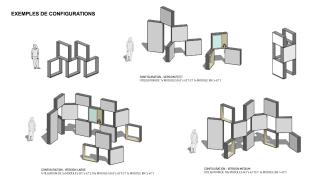
- 2 tall modules (42” x 84”)
- 10 square modules (42” x 42”)
- 4 small rectangular modules (42” x 28”)
- 2 display case modules (42” x 42”)
- 2 screen/audio modules (42” x 42”)
Project submissions and additional information?
To submit a project, please fill out the MEM Kiosque Google Form (in French) : https://forms.gle/396Lwo2JcU4CiUPo8
For additional information, contact Josée Lefebvre, Head of Community Engagement Projects at the MEM: josee.lefebvre@montreal.ca
